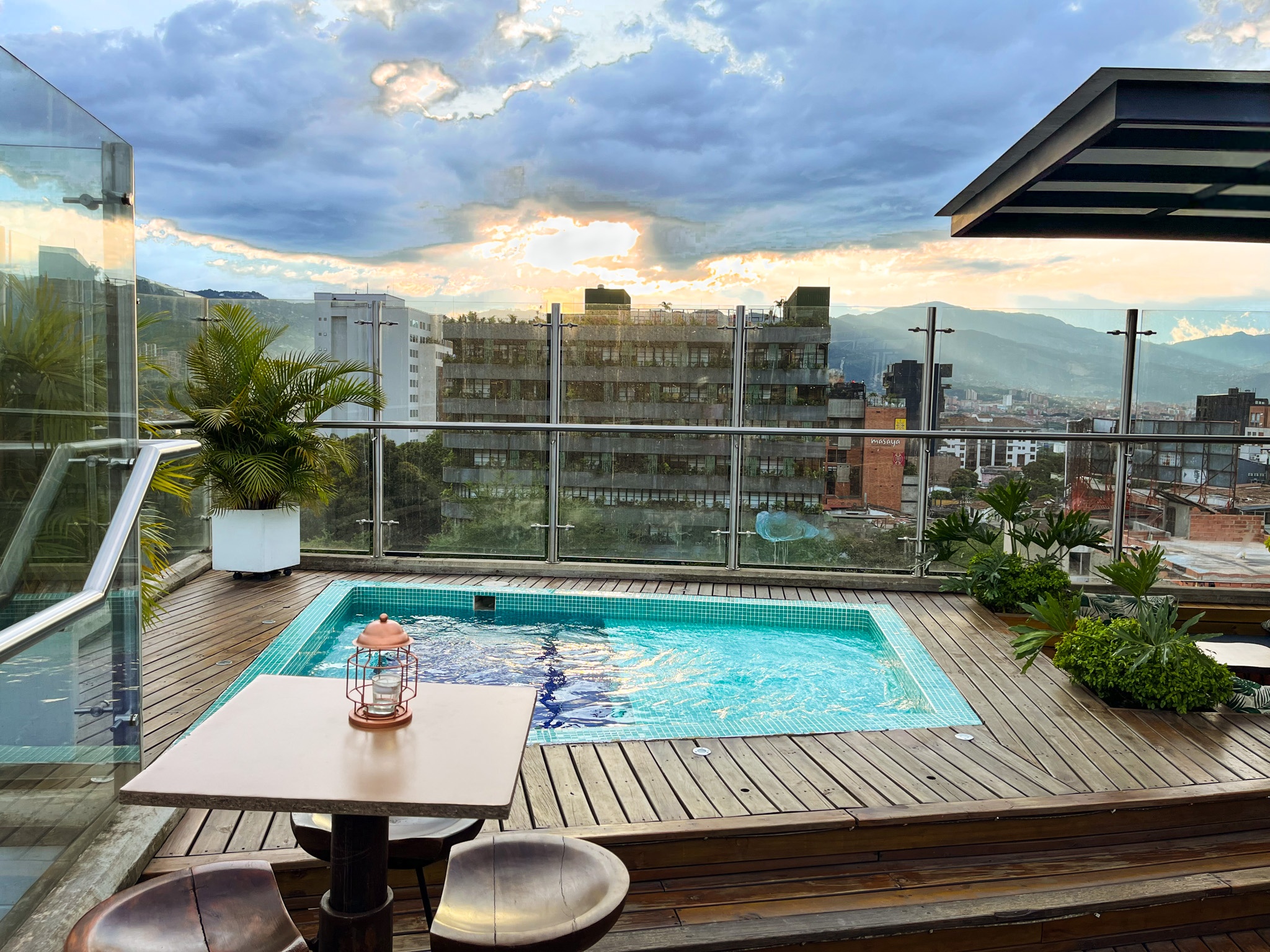

Medellín, Colombia: there is something for everyone in this city. There’s so many things to do in Medellín, including checking out local festivals, seeing inspiring street art, discovering unique parks, and taking day trips to nearby colonial towns.
In 2013, Medellín, Colombia earned the title of the most innovative city in the world! Medellín seamlessly blends futuristic infrastructure like its iconic cable cars with its rich, authentic heritage. Its dynamic urban landscape includes integrated parks and green spaces.
In this travel guide to Medellín, Colombia, I’ll cover what to do in Medellín as well as other essential trip-planning information. I’ll also share how I spent 4 days there. I loved the energy of this city so much and can’t wait to return someday!
For more Colombia travel tips and destination guides, head to my Colombia page.
Medellín History
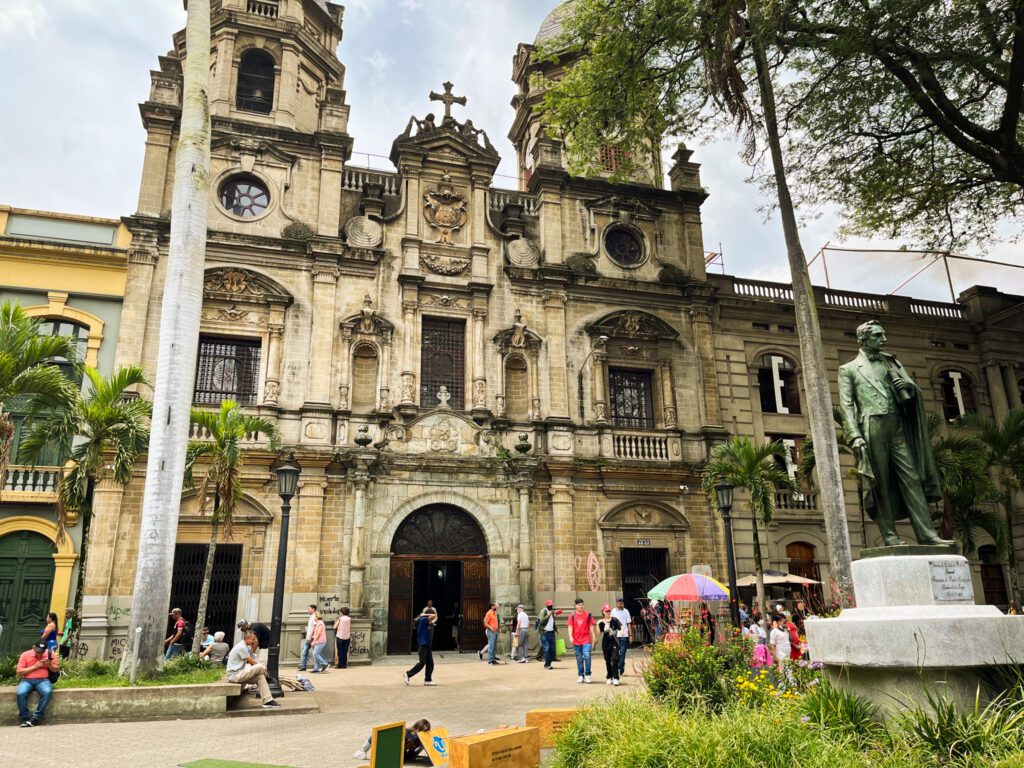

Medellín, Antioquia is the second largest city in Colombia after Bogotá and is located in a valley in the Andes mountains. The local people are known as paisas, derived from the word “paisano”, which means “fellow countryman”. Medellín remained quite small until the second half of the 20th century. Mass urbanization occurred when migrants from the countryside arrived to seek work and to flee armed conflict in rural areas.
Medellín, Colombia was first established in 1616 as a small indigenous village (“poblado”), which today is where the El Poblado district is located. During the colonial era Medellín was never used as a political or administrative center. As a result, very few colonial monuments were constructed, and today the city has a modern architectural feel. Historically, the city was an agricultural center that supplied food to nearby gold mines. In the 20th century Medellín’s growth was fueled by coffee, which became the main export of Colombia.
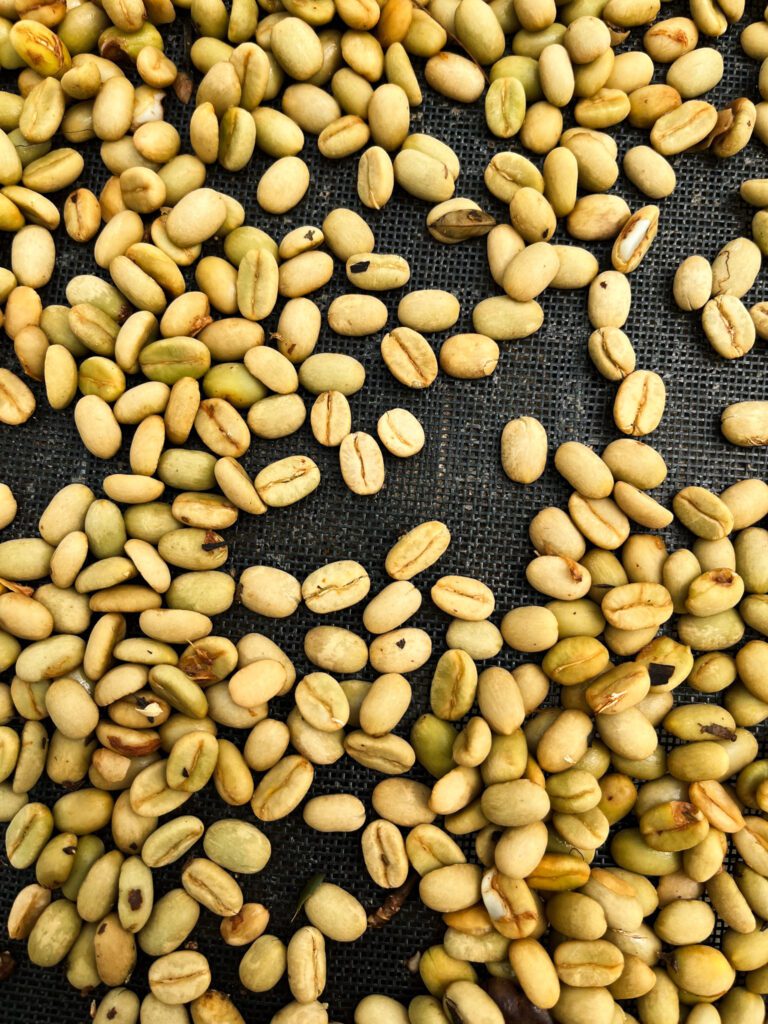

Recent Medellín History
In the 1980s and 1990s, Medellín became the epicenter of Colombia’s drug trade and was one of the most dangerous cities in the world. An urban war between drug cartels ravaged the city and led to the murder of thousands of civilians. At one point the Medellín cartel controlled 80% of the world’s cocaine. Its leader, Pablo Escobar, was the 7th richest man in the world.
Crime rates decreased substantially after the death of Escobar in 1993, and from 2003 to 2006 the remaining urban militias were disbanded. The homicide rate decreased by 95% and extreme poverty by 66%, thanks to innovative planning that integrated the poorest neighborhoods into the rest of the city.
In the present day, Medellín, Colombia is renowned as a modern and global city that has made impressive advances in politics, education, and social development. Medellín is known for innovative urban development that fosters equality and inclusion. The city’s public transport is one great example, with gondolas called “MetroCable” and a 1,260 ft long electric escalator that serve Medellín’s poorest barrio communities.
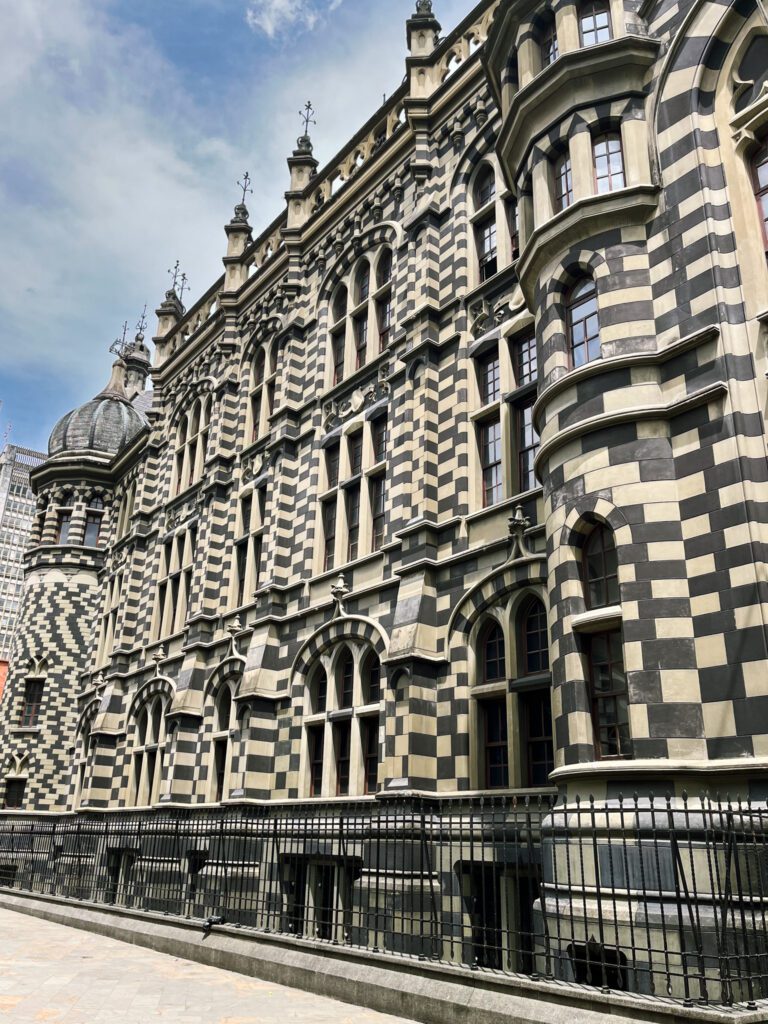

My Medellín, Colombia Trip Report
Getting from Cartagena to Medellín
I arrived in Medellín by plane from Cartagena. The incredibly green, lush hills of the area caught my attention as we descended toward the city.
From the Medellín airport I made my way to my hostel, by a combination of bus, taxi, and walking. Near my hostel I stopped to admire the most talented street performers I have ever seen. Breakdancers and acrobats were performing at intersections during red lights, showing off their amazing strength and balance. As I would soon come to learn, there’s no shortage of fit people or amazing gyms in Medellín!
For my first meal in Medellín, I splurged on a vegetarian lunch in a hipster restaurant. I spent the rest of the afternoon wandering around a local mall, feeling self-conscious being surrounded by so many well-dressed locals. I ended the day on the rooftop bar of my hostel, enjoying my complimentary welcome cocktail.
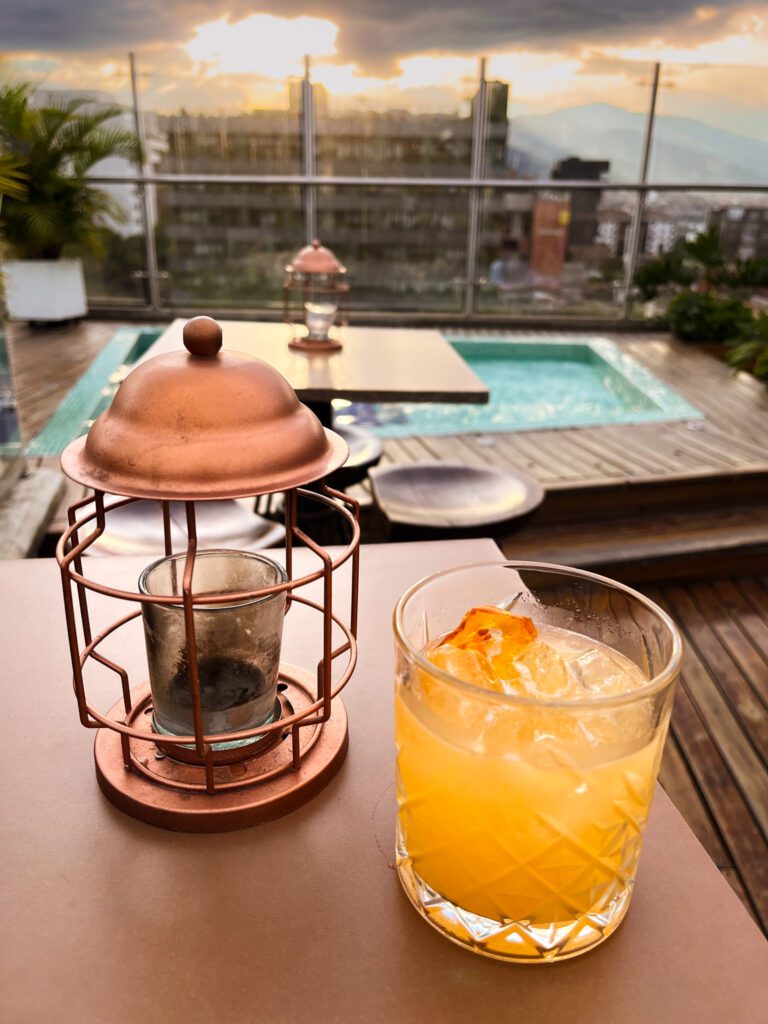

Parque Arví
I spent my second day in Medellín in Parque Arví, a beautiful park perched on a hill above the city and reached by cable car. I chose to visit a lesser-known part of the park (Chorro Clarín) and was rewarded by a beautiful waterfall and few crowds.
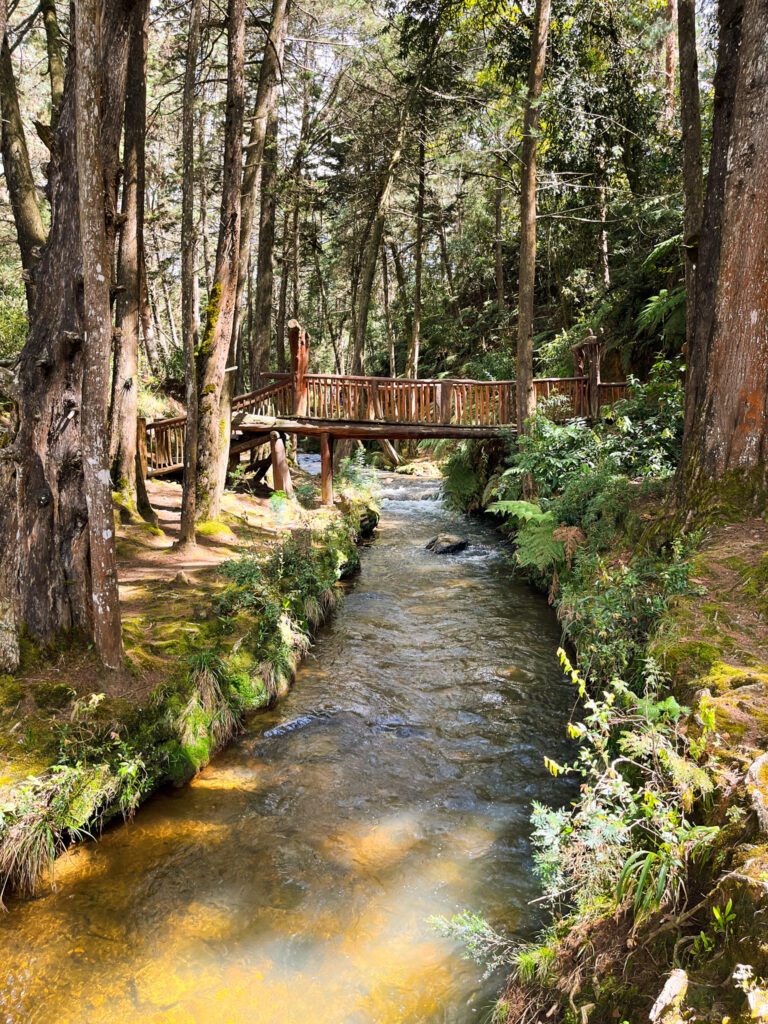

City Center
On the way to Parque Arví, I took the metro into the city center and stopped to do some sightseeing. Within the area were a few unique monuments, most notably the checkerboard-patterned cultural palace and the voluptuous Botero statues. However, what struck me the most were the many people sleeping in the streets and the litter scattered everywhere.
These scenes presented a stark contrast with the clean, modern, and tourist-filled area I was staying in (Poblado), and I felt sick with privilege. On a slightly brighter note, the historic center was also packed with local clothing shops and vendors selling mouth-watering fruits and fried snacks. Personally, I found these offerings more appealing than the upscale tourist bars and trendy eateries near my hostel!
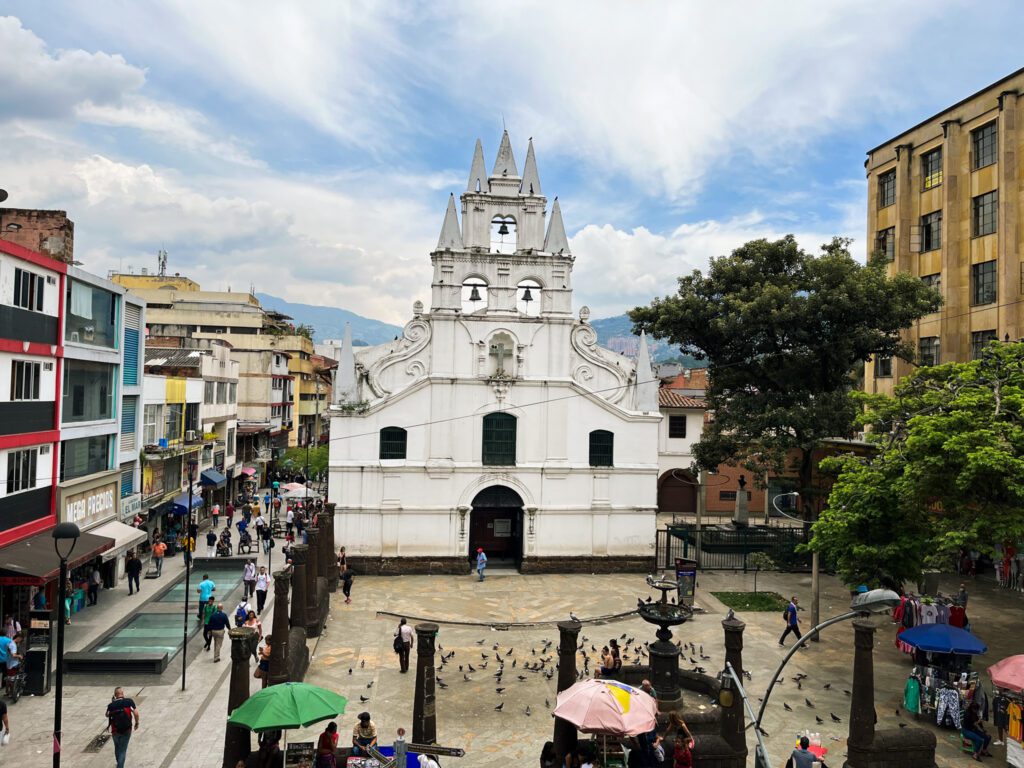

Guatapé
I spent my third day in Medellín in Guatapé, a charming colonial town. In addition to wandering the colorful cobblestone streets, I climbed to the top of a colossal rock and admired views of the scenic reservoir from above.
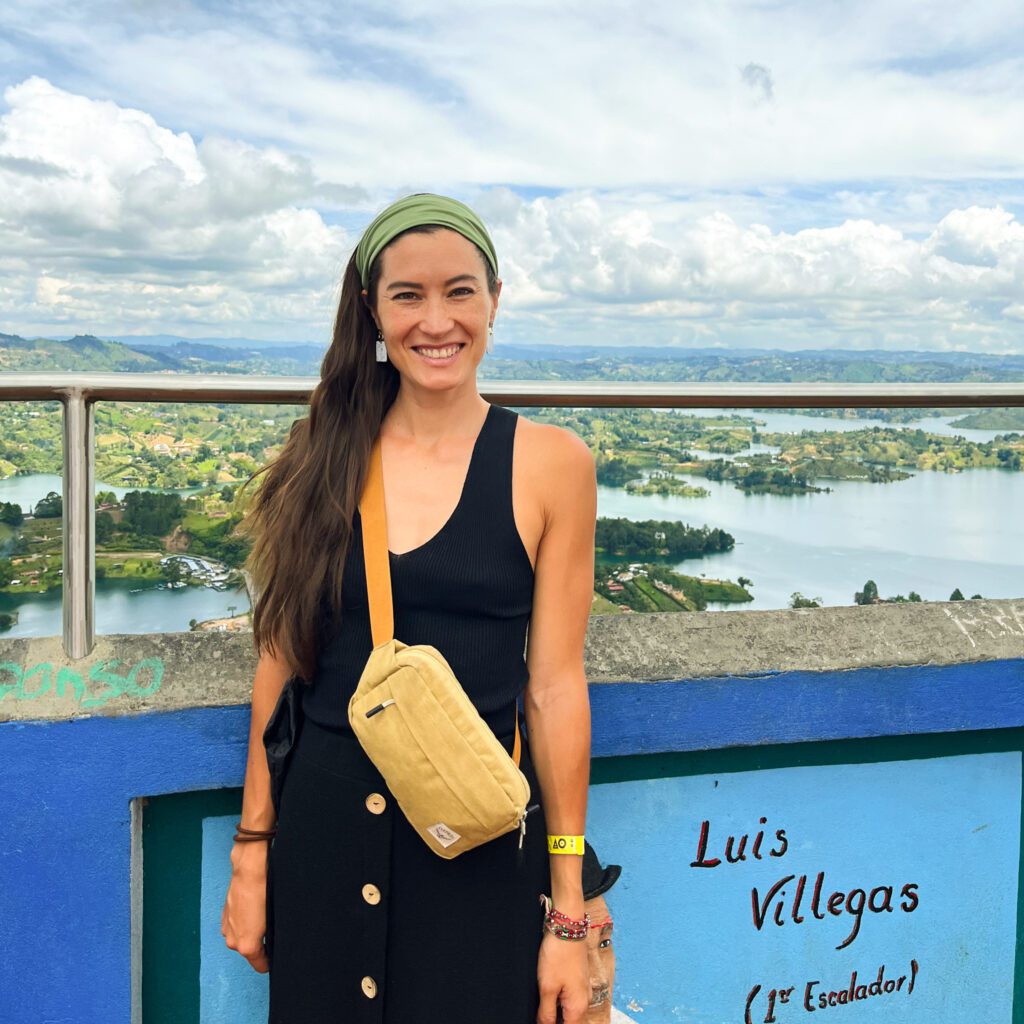

Comuna 13
On my fourth day, I explored Medellín’s Comuna 13. This neighborhood has blossomed into a vibrant arts and cultural hub, having shed its violent past.
Envigado Flower Farms
My last day in Medellín, Colombia was spent in Envigado. I was lucky to be visiting Medellín during the annual flower festival! I went to the flower farms in the hills above the city for an authentic experience learning about the traditions and preparations for the festivities.
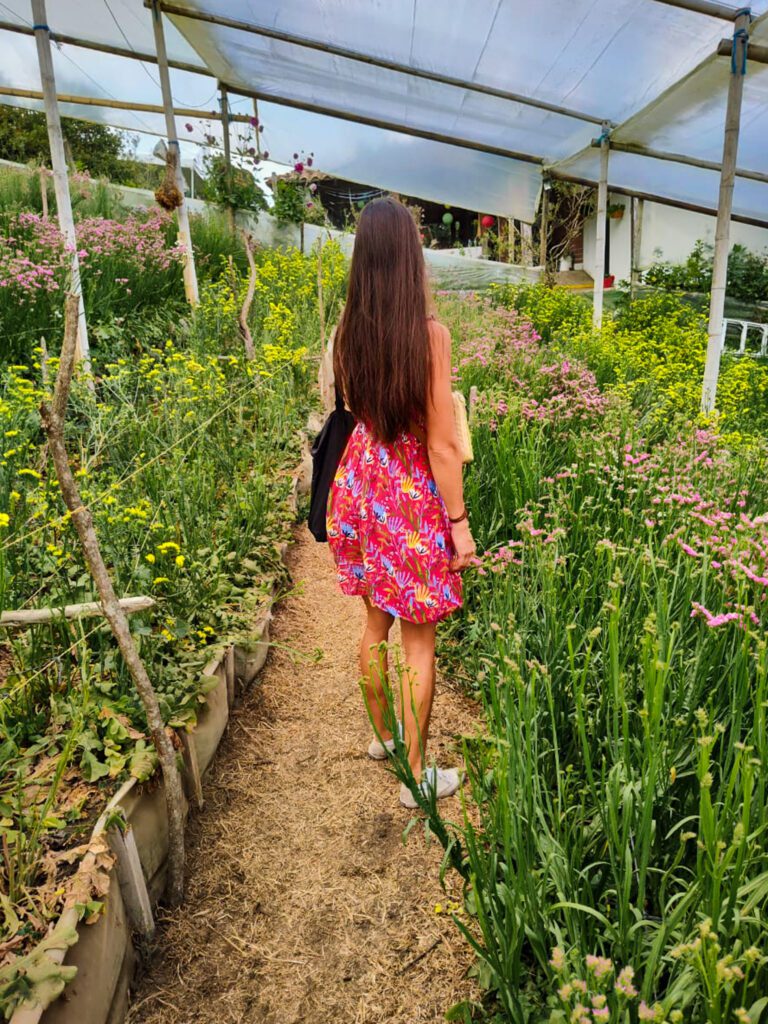

Dancing in Medellín
Although I didn’t go to any typical nightclubs or bars while in Medellín, I did attend two salsa dancing events. Since I was traveling long term, I didn’t pack any dressier clothing and felt a little nervous about heading out in mostly casual clothes and sneakers.
Thankfully, I saw most locals wearing the same. Both venues felt authentic, with only a few foreigners (mostly expats). Everyone was friendly and respectful on the dance floor. Even though I left my purse hidden in the cubbies (in hindsight, this was very foolish), both events felt very safe and nothing was stolen from me.
Leaving Medellín, Colombia
I really loved my time in Medellín and wished I had more time there. On my last day, I boarded a night bus to my next destination, Salento. Join me next time as I explore Colombia’s coffee region!
Medellín, Colombia Trip Planning Information
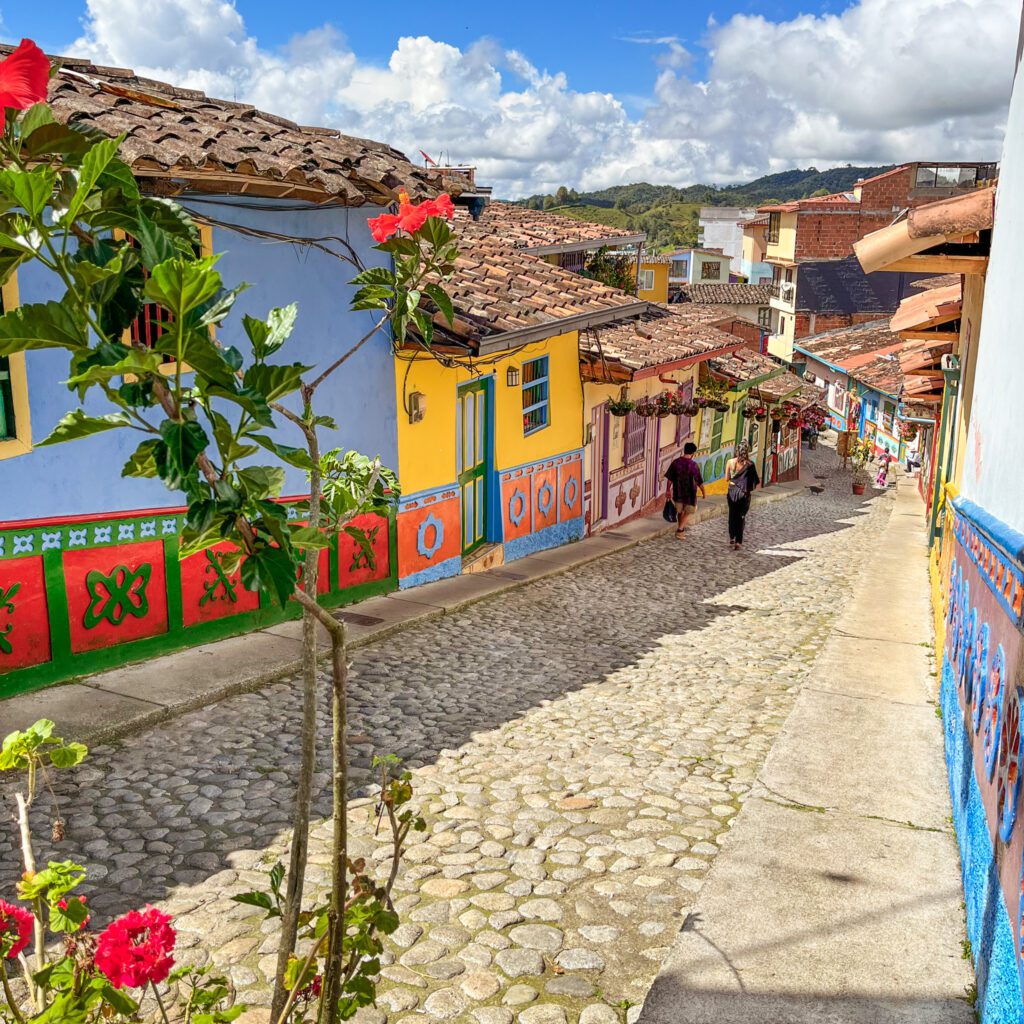

Things to Do in Medellín, Colombia
Must-do activities in Medellín include a day trip to Guatapé, riding the cable car to Parque Arví, visiting Comuna 13, enjoying a drink on a rooftop bar, and sightseeing in the city center. Aside from these top recommendations, there’s an endless amount of other things to do. You’ll only be limited by how much time you have in Medellín!
Before diving into the list of things to do in Medellín, I want to mention one thing NOT to do. Please don’t participate in drug tourism or Pablo Escobar tours. Engaging in such activities is highly disrespectful, given the devastating impact of the cocaine trade on Colombia and the violence it inflicted on innocent citizens.
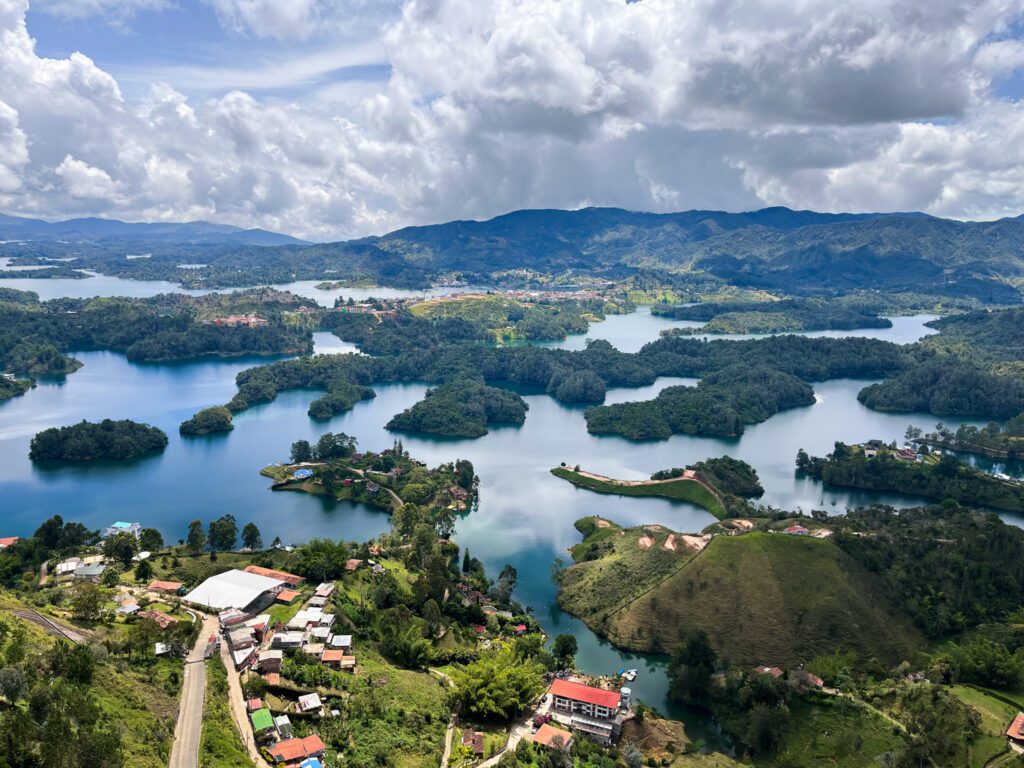

Day Trip to Guatapé
Guatapé is a colonial town near Medellín, beloved by visitors for its colorful murals. The town is located on the shore of a picturesque reservoir that is studded with islands and flanked by lush rolling hills. You can climb to the top of Piedra del Peñol for a panoramic view of the area. Due to the logistics involved in visiting, a day tour would be the best option for most visitors.
Parque Arví
Arví Park is a favorite amongst locals and tourists who seek a peaceful escape from the urban chaos of Medellín. Part of the fun is getting to this green sanctuary, which is located on a hill and reached by cable car. Once in the park, you can explore 34 mi (54 km) of hiking trails through local flora and fauna, as well as a waterfall and a lake.
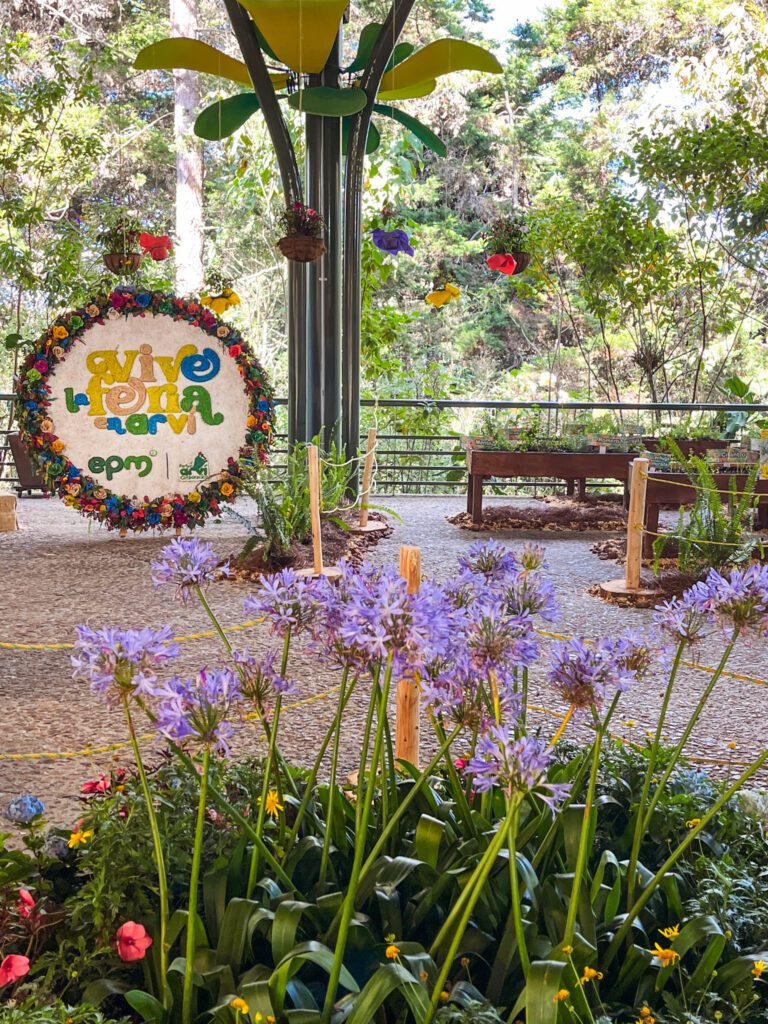

Comuna 13
Once one of the most dangerous neighborhoods in the world, Comuna 13 has transformed into an urban hub with a thriving art scene. It attracts tourists in droves to enjoy colorful street art and performances of hip hop music and breakdancing. Additionally, the escalators and cable car systems that integrate this community with the rest of the city are worthy of exploring.
I recommend joining a Comuna 13 tour, which will allow you to fully appreciate the area’s cultural heritage and historical significance.
For a less touristic alternative to Comuna 13, check out Comuna 8.


Markets and Shopping in Medellín
Colombians are very stylish, and you’ll find a lot of great clothing for sale in Medellín. Head to any large mall (in Spanish: centro commercial).
For local products, fresh produce, and local eateries, check out a local market. Plaza Minorista near the center is a good option, but avoid walking in the area around the market, which is not safe. Also check out the market at Placita de Florez.
For a local food hall experience, visit Mercado del Rio.
City Center
You can explore most of the sights in Medellín’s city center in a few hours. Highlights include several churches and plazas, including Plaza Botero, you’ll see voluptuous sculptures by a famous Medellín artist. For panoramic views of the surrounding area, visit the adjacent checkerboard-patterned cultural center, which is free to enter.
To fully appreciate the historical and cultural significance of these sights, join a free walking tour (and don’t forget to tip your guide!).
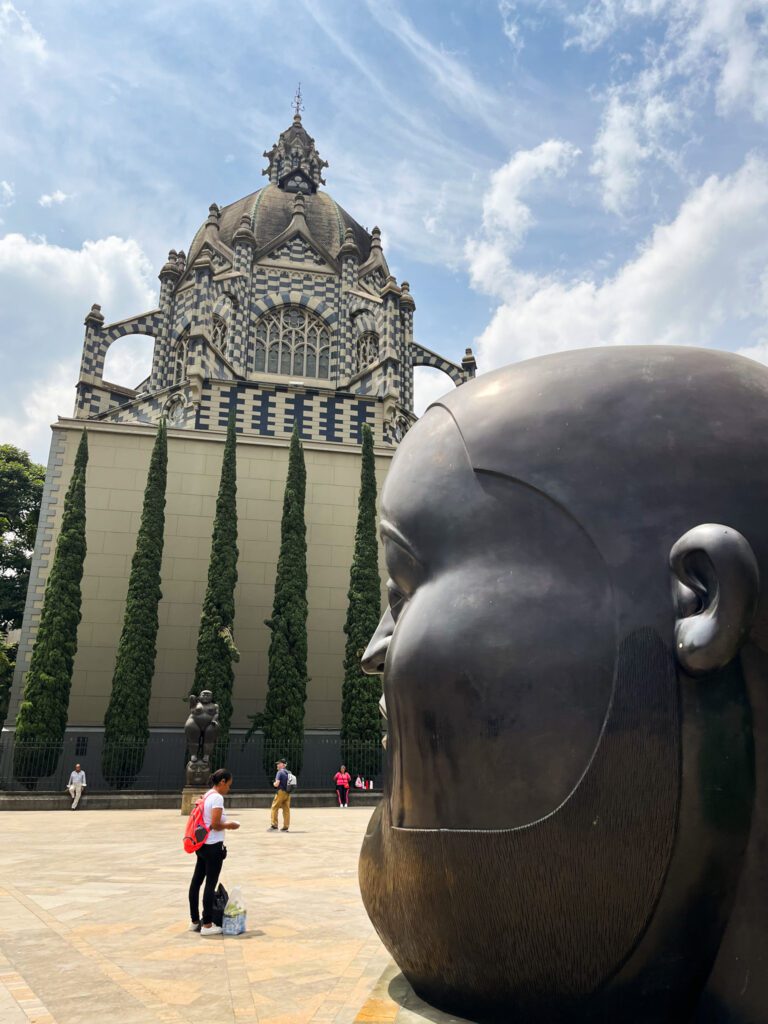

Botanical Gardens
Medellín is home to many green spaces and parks, including its Botanical Gardens. The beautifully landscaped gardens feature diverse plant species from Colombia. Visitors can explore its ponds and areas dedicated to orchids, palms, and butterflies.
The gardens are open 9 AM – 4 PM and closed Mondays. Entrance is free. While you’re in the area, visit the San Pedro Cemetery next door.
Museums
There are many museums to choose from in Medellín. My top recommendations would be Casa de la Memoria (museum showcasing Colombia’s history), the Museum of Antioquia (art), and the Museum of Modern Art.
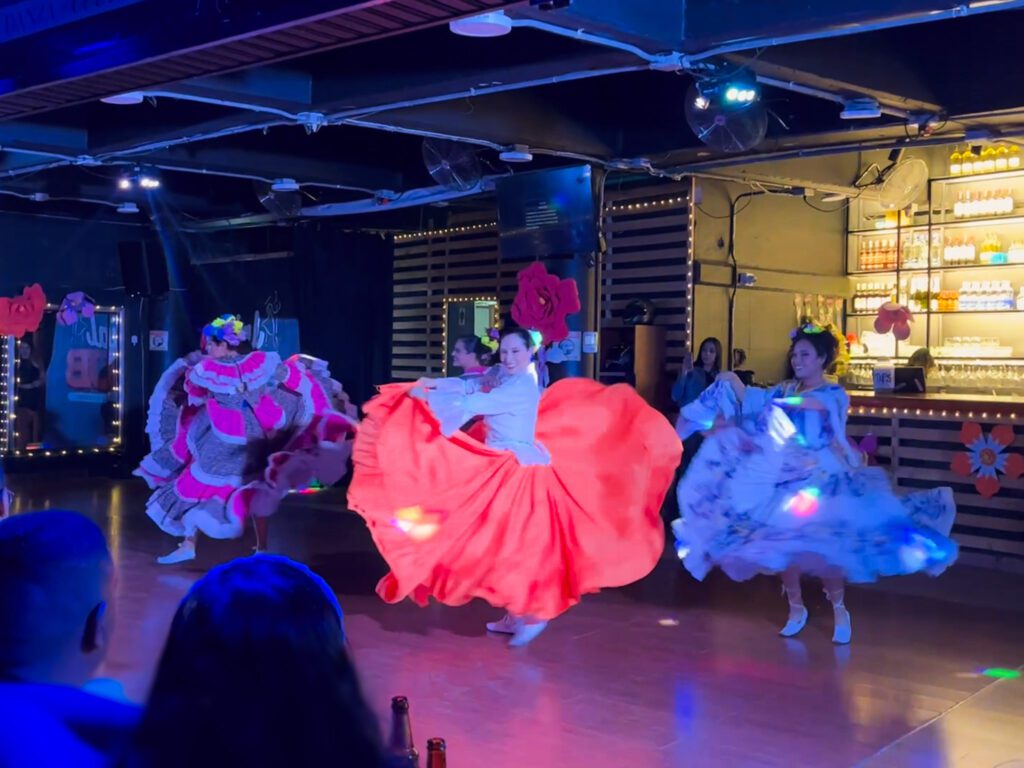

Medellín Nightlife
For tourist and beginner-friendly salsa dancing in Medellín check out Son Havana, and El Eslabon Prendido.
El Poblado is one of the best places for a night out, with many bars and clubs to choose from. Head to Parque Lleras in El Poblado for a lively atmosphere with music and vendors. Also make sure to visit a rooftop bar in the area.
For a more unconventional night out, check out the San Pedro cemetery, which hosts movie nights and midnight tours.
Colonial Towns
For an off the beaten path adventure, take a day trip to the colonial town of Santa Fe de Antioquia. Within Medellín, you can also visit Pueblito Paisa. Pueblito Paisa is a replica of a traditional Antioquia village, representing the region’s cultural heritage with its architecture, artisanal crafts, and picturesque surroundings.
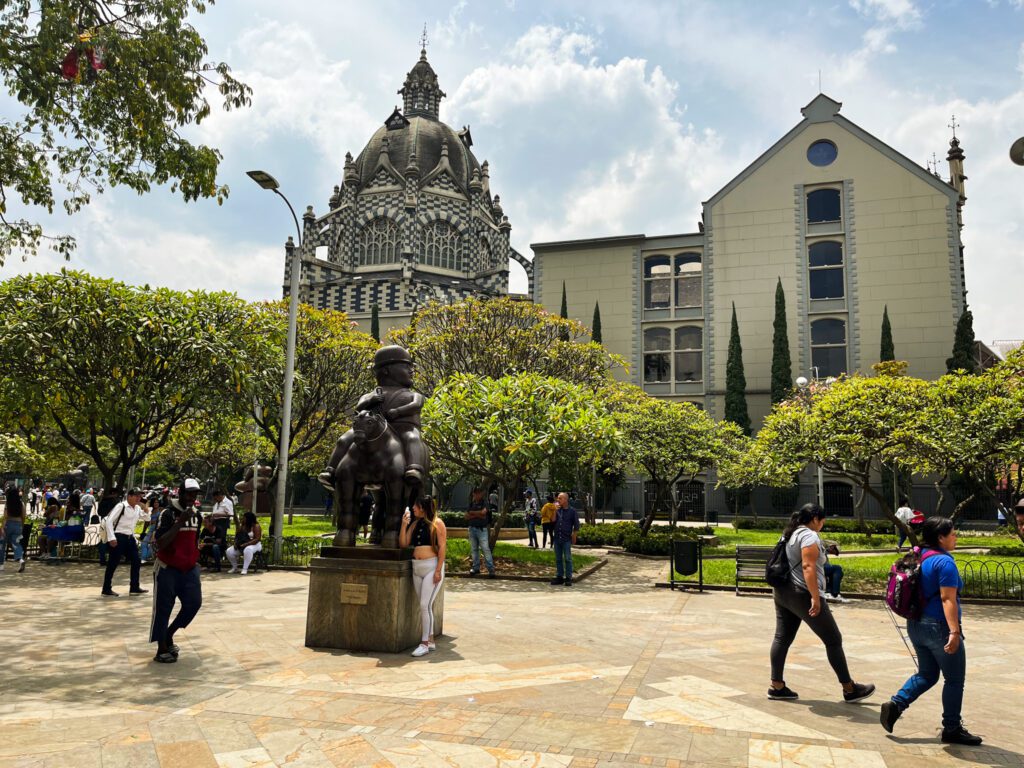

How Long to Stay in Medellín, Colombia
Staying in Medellín for at least 4 days will allow you to cover most of the city’s attractions. However, even a shorter stay would still be worthwhile!
Medellín Weather and When to Go
The weather in Medellín is warm year-round during the day, with cool nights. For this reason Medellín is known as the “city of the eternal spring”. December to February, and to a lesser extent June to August, are the dry seasons.
If possible, it’s worth timing your visit to experience a local festival.
Festivals in Medellín, Colombia
Medellín holds its Flower Festival (Feria de las Flores) in August.
During Christmas, the city celebrates with cultural events and impressive lights displays.
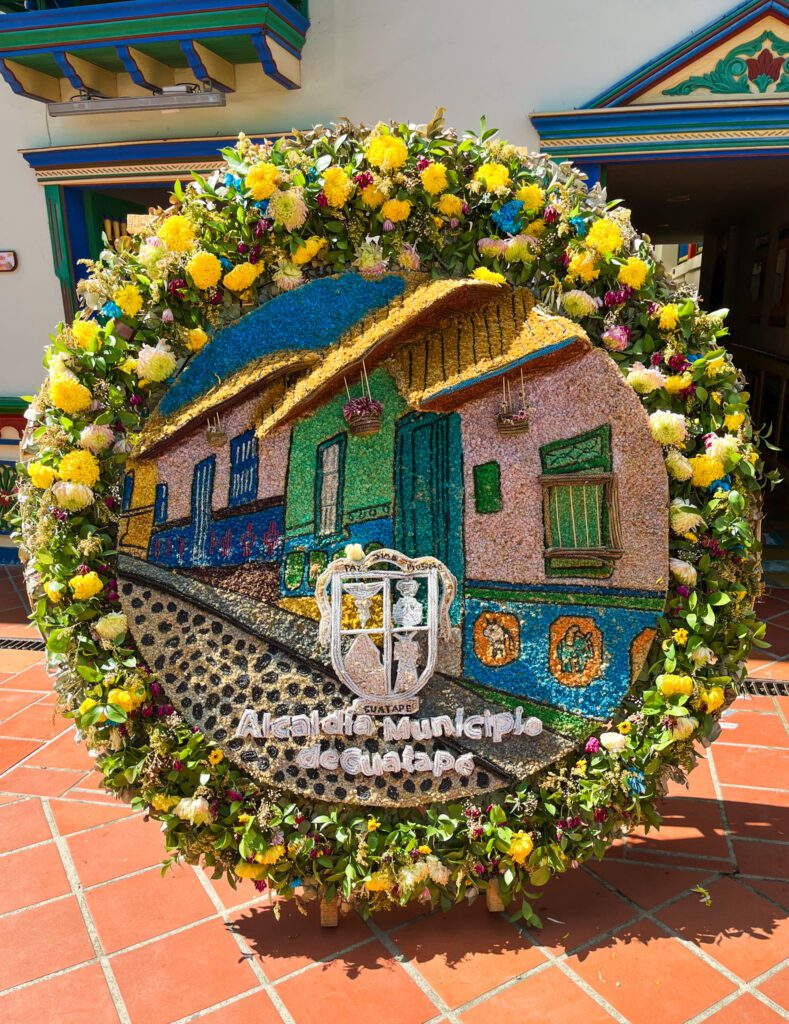

Medellín Hotels and Where to Stay
El Poblado and Laureles neighborhoods are popular with tourists and also the safest. Poblado is heavily touristic, whereas Laureles has a more local feel.
Below, I’ve listed my recommendations for where to stay in El Poblado, which is where I personally stayed. I loved being close to public transportation and being able to walk to many nightlife venues.
Budget:
Masaya Medellín. Offers dorms or private rooms and an expansive rooftop area.
Rango Hostel Boutique. I stayed here and loved the spacious interior and rooftop pool.
Mid-range:
Manila Hotel Boutique. Beautiful rooms and a terrace.
Vita Hotel Boutique. Modern, clean, and spacious private rooms.
Luxury:
Landmark Hotel. This hotel has multiple rooftop pools overlooking Medellín’s skyline and comfortable modern rooms.
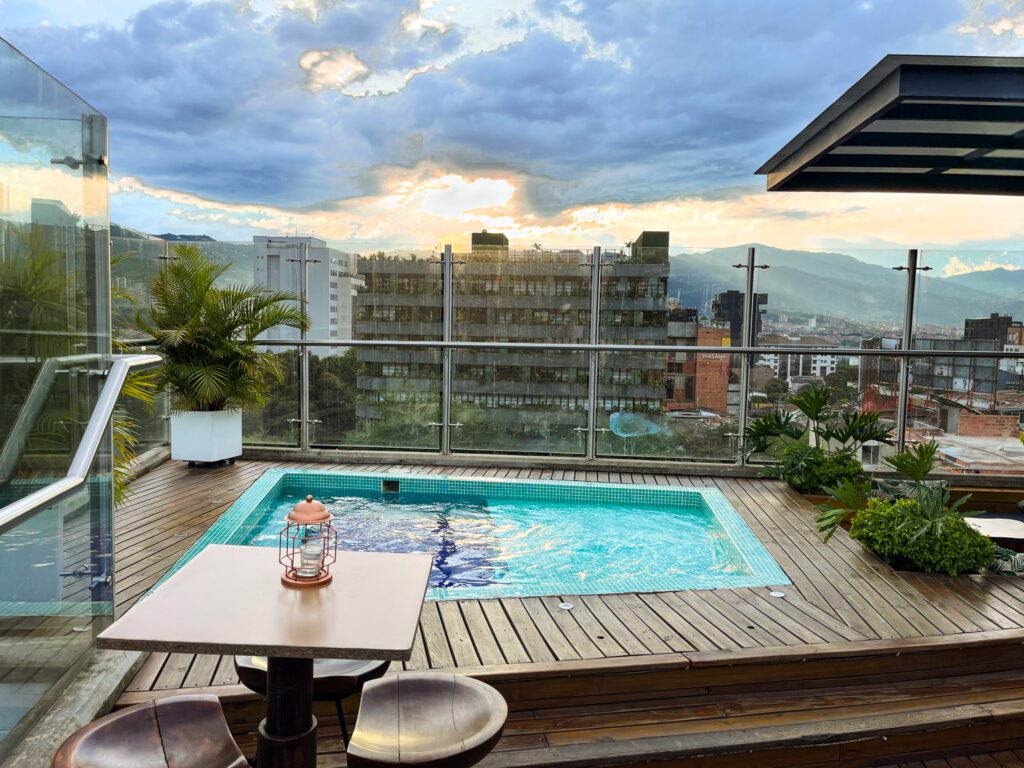

Where to Eat and Drink in Medellín, Colombia
If you’re staying in El Poblado or Laureles, you’ll have many choices of cuisine and restaurants. Prices will be mid-range.
For an expansive food court with a variety of options, check out Mercado del Rio.
You’ll find more traditional food and cheaper options closer to the city center. The market at Plaza Minorista is a good place to find fresh produce and local food at a bargain. Restaurante Vegetariano Govindas in the center is also perfect for a cheap and healthy lunch.
While in Medellín, you should try the local specialty of bandeja paisa. Bandeja paisa is a filling plate of beans, rice, arepa, chorizo, plantain, chicharrón, avocado and meat (can be made vegetarian).
Tap water Medellín is safe to drink, but if you have a sensitive stomach you may want to stick to bottled or filtered water. Alternatively, bring your own LifeStraw water filter.
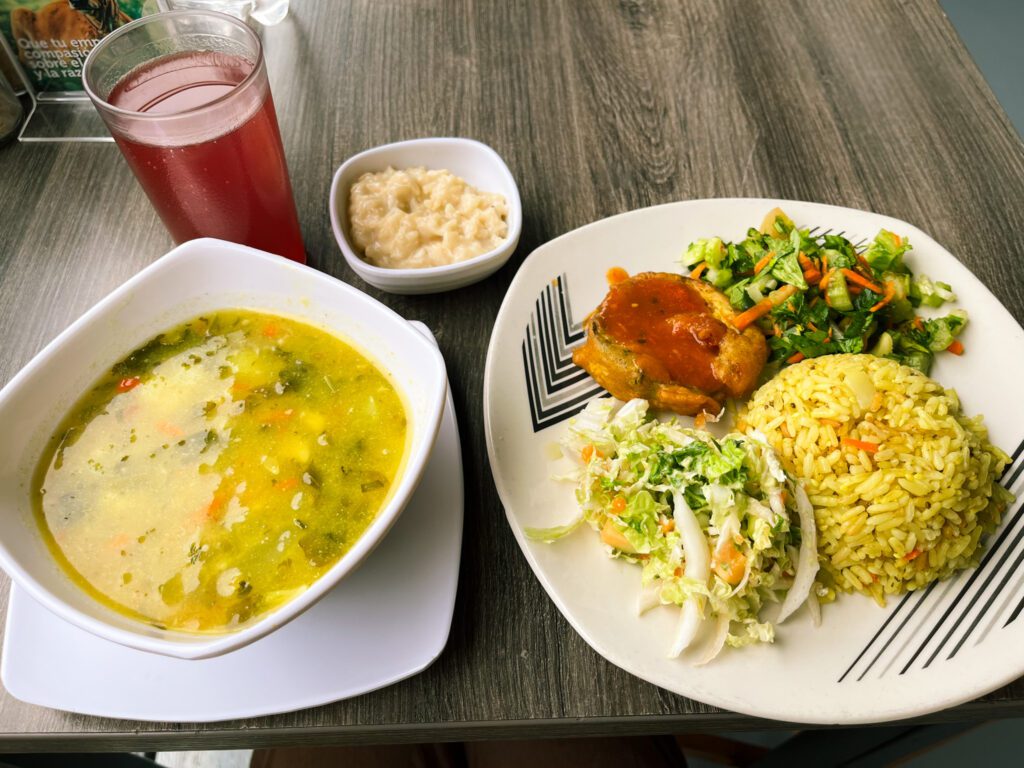

Is Medellín Safe?
Medellín is a safe place to visit if you take the usual precautions. Despite its turbulent past, Medellín is now considered similar to Miami or Las Vegas in terms of safety and crime. Public transportation is safe to use.
El Poblado and Laureles neighborhoods are popular with tourists and safe to walk around, but be cautious at night. The city center (La Candelaria) is not safe to visit at night. Be wary of petty crime when visiting during the day.
Check out my Colombia safety guide for more tips, and make sure you have travel insurance.
Budget and Money
ATMs are widely available in Medellín.
Compared to other places in Colombia, prices in Medellín vary from mid-range to high. There’s no shortage of touristic cafes, restaurants, and bars, but these will be much more expensive than their local counterparts.
What to Bring to Medellín
For a full list of what to bring, refer to my Colombia packing list. I would stress the following:
- Downloaded maps of Medellín and nearby areas you want to visit (use Google Maps or MapsME)
- SIM or eSIM card
- Rain jacket (Women’s, Men’s)
- Hat
- Sunscreen
- Good walking shoes
- Bring a nicer outfit if you plan to go to nightclubs and bars in El Poblado. For ladies there’s no need to wear heels, just please don’t go out in your flip flops or hiking boots.
How to Get to Medellín
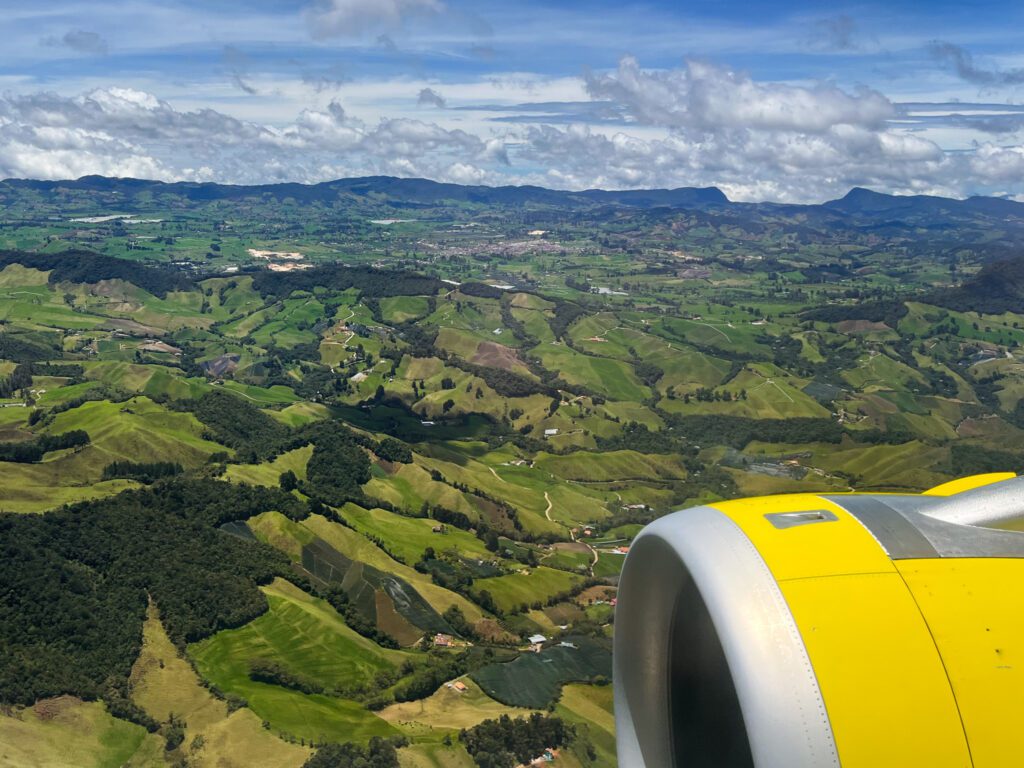

Check out my guide to transportation in Colombia for more information.
Flights to Medellín
There are many direct flights to Medellín, from both domestic and international locations.
Medellín’s Olaya Herrera airport (EOH, domestic flights) is just 1.6 mi (2.6 km) from El Poblado neighborhood, so you can easily take a taxi.
The José María Córdova airport (MDE, domestic and international flights) is a 30 min taxi ride from the city. A taxi should cost ~100,000 COP (25.50 USD). Using a rideshare app may be slightly cheaper. For peace of mind and a fixed price, reserve an airport transfer in advance.
A cheaper option would be to take the Combus (by gates 2A and 2B, follow the signs) to San Diego mall. The bus is 30 min and 14,000 COP (3.60 USD). From San Diego mall you can take a taxi to your accommodation; the ride to El Poblado should take ~5 min.
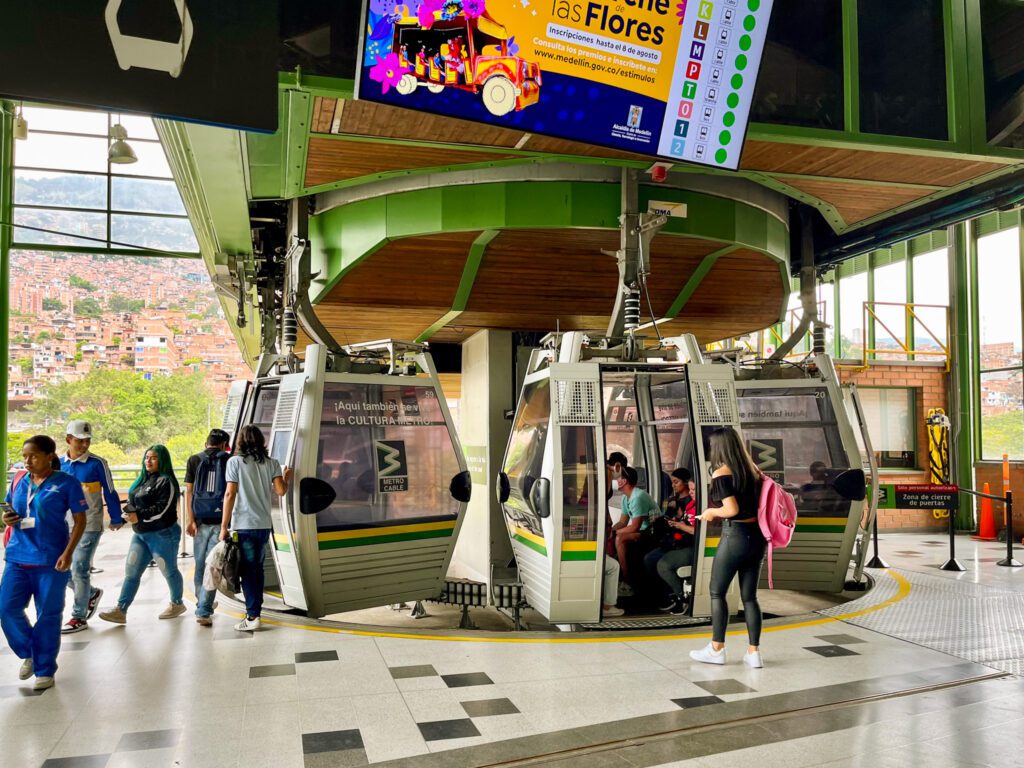

How to get to Medellín by Bus
I recommend using BusBud to look up prices and bus routes to Medellín.
Salento to Medellín: 6 hours. Flota Occidental runs a few direct buses per day. Otherwise, connect first in Armenia before continuing to Medellín.
Cartagena to Medellín: 13+ hours.
Bucaramanga or San Gil to Medellín: 8+ hours.
Bogotá to Medellín: 10+ hours.
There are two main bus stations in Medellín: Terminal Norte and Terminal Sur (North and South). Terminal Norte is connected to the Caribe metro station, from which you can access the blue metro line A. Terminal Sur is next to the EOH airport and ~1.6 mi (2.6 km) from El Poblado neighborhood; it’s best to take a quick taxi from here.
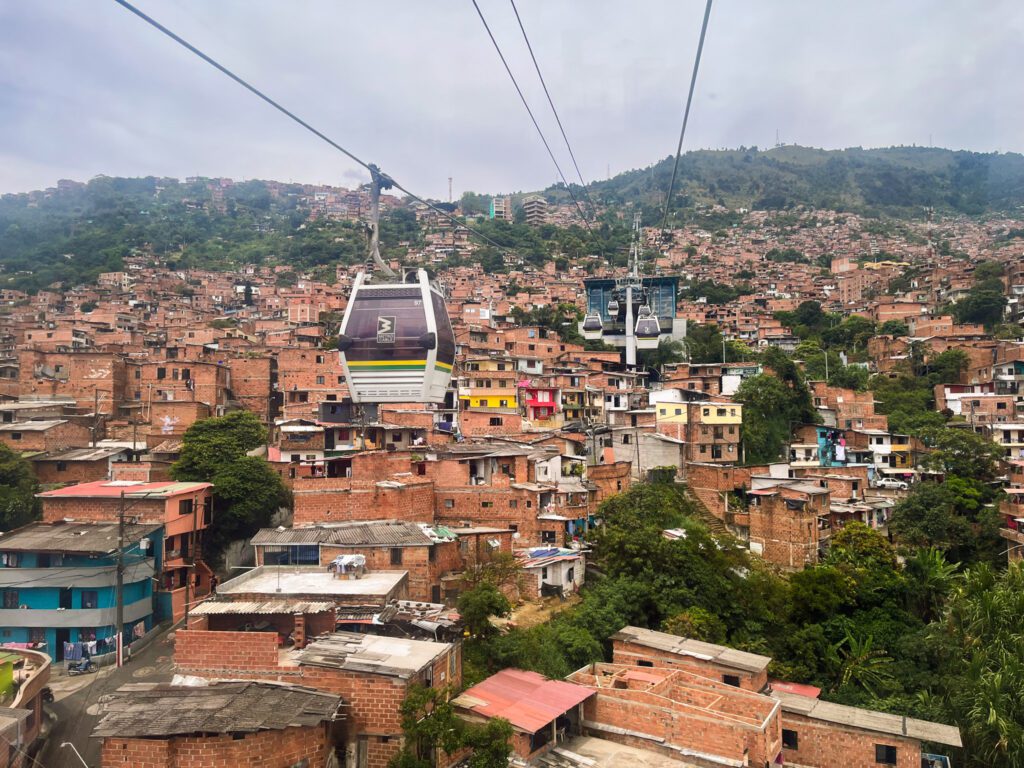

How to get Around Medellín
You’ll be able to walk around the neighborhood where you’re staying, but to get to other parts of the city you’ll need to take public transport or an Uber/taxi. Medellín is a big city!
Public transportation in Medellín is safe and easy to use. Google Maps will show you metro and metrocable routes, but not bus routes. Public transportation tickets are 3,280 COP (0.84 USD).
Rideshare apps such as Uber are available.
Where to Go Next
- Salento and Valle de Cocora
- Bucaramanga or San Gil
- Cartagena
- Bogotá
- Capurgana and Sapzurro (via Necocli): visit these tropical Caribbean beaches near the Darien gap with Panama.
- Bahía Solano and Nuquí on the Pacific coast: visit beautiful beaches and go whale watching.
- Jerico and Jardin: traditional coffee towns.
- Cañón Del Río Claro Reserva Natural: explore a river, cave, and adventure activities.
- San Andrés and Providencia: fly to Colombia’s Caribbean islands.
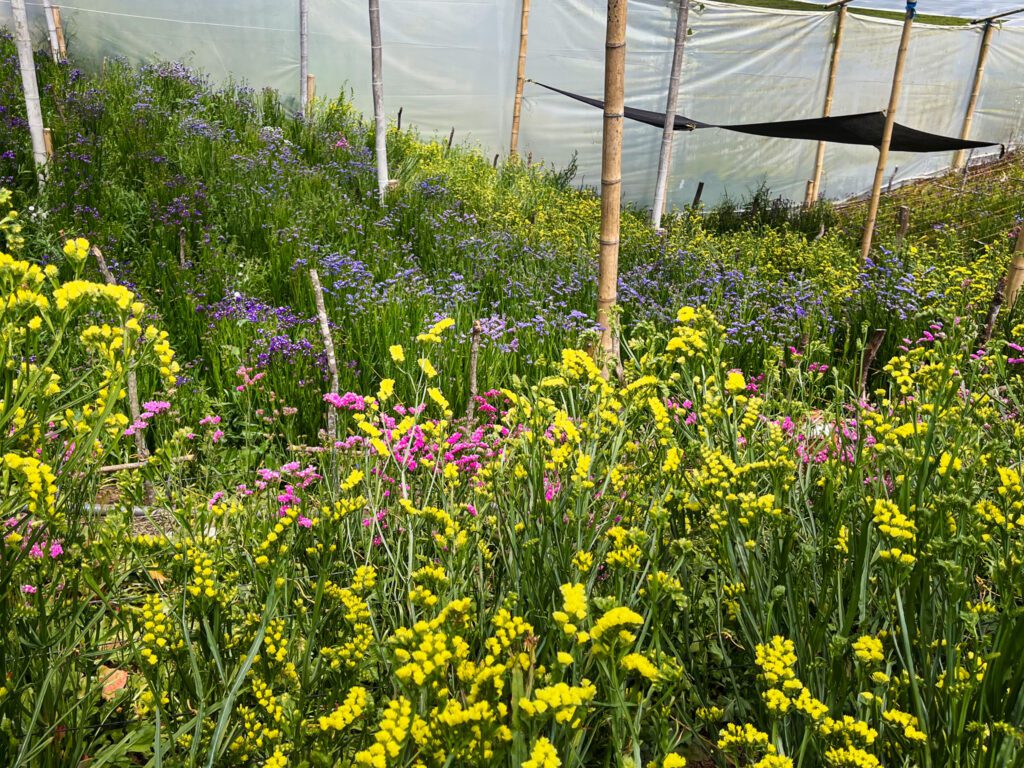

Thanks for reading! I hope this Medellín travel guide helps you plan your trip. Which spot in Medellín are you most excited about visiting? Let me know your thoughts and questions, I’d love to hear from you in the comments.
For more Colombia travel tips and destination guides, head to my Colombia page.
Confirm all logistical and safety information before your trip. Also If you buy through links on this site, I may earn an affiliate commission. Thanks for supporting me in creating free content for you to enjoy!
Save this post for later and share on Pinterest!
TRAVEL RESOURCES
Head to my Travel Resources Page for more recommendations.
Packing list. See my recommendations for packing a carry-on for long-term or multi-season travel.
Booking.com. This is my go-to platform for booking accommodation since it consistently gives me competitive prices and additional discounts based on usage.
SafetyWing. The most affordable travel insurance I’ve found that also offers excellent coverage.
Viator and Get Your Guide. Offer extensive tour options for both day trips and multi-day excursions.
BusBud. A great platform to search for bus routes in more than 80 countries and buy tickets online.
LifeStraw. This easy-to-use water filter guarantees that you always have access to clean drinking water.
Travel Credit Card. Earn substantial points for travel-related expenses and a very generous bonus when opening an account.
Comments
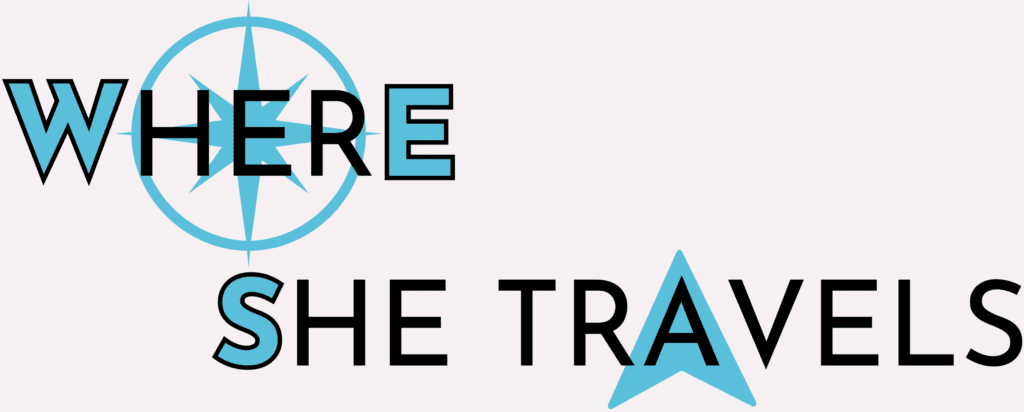



Hi, I’m Kristina! I’m a solo female traveler sharing my personal experiences around the world. Authentic travel is important to me; in my destination guides I emphasize not just the most spectacular sights but also the local stories and history.
Other things I’m passionate about are discovering hidden gems, budget-friendly travel, and hiking and backpacking. My goal is to show you how to seek adventurous experiences for yourself!






Leave a Comment